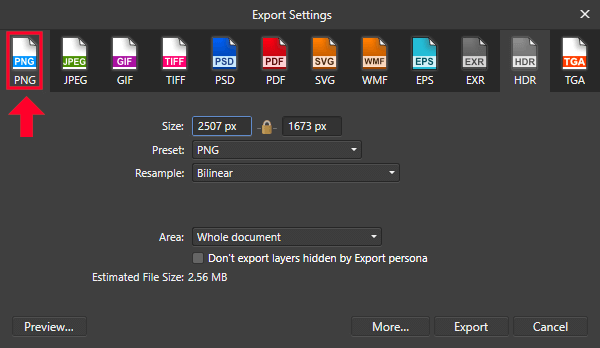
And while that doesn’t sound like a terribly large amount of money, I don’t need another monthly expense.Complete all the process before the cloth removing. But for me, that is going to cost another 25-50 dollars a month. If you work for a company that is footing the monthly bill for Ai, high five, that is awesome. One of the major tasks in some types of photo editing tasks for graphic designers and photographers is to remove a background in Affinity Photo.You might need it to remove the background completely for a product photo that needs to have a white background or a transparent background for a magazine cover.Adobe Illustrator appears to be the standard in almost any creative industry.
The default background area is colored magenta to mark it for removal, while. You might have to double-click the picture to select it and open the Picture Format tab. If you dont see Remove Background or the Picture Format tab, make sure that youve selected a picture. On the Picture Format tab of the ribbon, select Remove Background. However, this.Remove the background of a picture.
I have the workbook, but I have yet to open it, so I don’t consider it a necessity for every task. Bam! There aren’t as many resources or tutorials out there for the tool like there are for Ai, but there is a workbook you can purchase (for another $50). This tool is available for $50 in the Apple App Store.
Remove Background Affinity Photo Download Will Instruct
XQuartz (if working on a Mac… InkScape download will instruct you to download this first) Digital camera, smartphone camera, or scanner Watercolor image (or any other type of image you wish to digitize) Affinity Photo is a powerful emerging PhotoShop.Ok! So you have a sweet little watercolor image that you want to vectorize and manipulate in imaging software? But you don’t have Adobe Illustrator? No problem!Here are the tools you will need to do this:

Select File -> Import from the main menu. This will allow you to save these images to a chosen folder.Nice! Now we have our image(s) ready to go!Open a new document in InkScape. Once you have them as you like, make sure your slice(s) are checked in the Slice viewer and select Export. You can see that I sliced 4 images separately (do not worry about overlap).
You can play around with the Trace Bitmap settings, but to pull all the contrast out of your element you are going to need to select the following settings:Under Multiple scans, select Colors. This is where the magic happens.Since we are dealing with watercolor images, I am going to assume there is more than one shade of color in your image. Select the image, and then select Path -> Trace Bitmap. It is best to work on one image at a time.Move the image you will be focusing on to the art-board. You can keep multiple images on your board, but you will only be manipulating them one at a time.I keep the new file settings at their default:You can now see all of your images ready for manipulation.
But even for more complex works, it keeps the contrast relatively accurate. For simple images, I never end up with this many layers. I like to keep the number of scans at 20.
You can adjust the size, change the colors of each layer, remove layers, etc.In the image below you can see that I changed the color of each layer, and then separated them.You can see that, using this technique, you can create simple paintings by hand, and then manipulate them as vectors to create more complicated images. I just unselect all items with the background colorThis leaves me with a nice, clean image to work with:Now you can really play around with your image. Once your image is on your board, select Edit Document.To remove the background of the image, I found it easiest to use the Layers window.


 0 kommentar(er)
0 kommentar(er)
